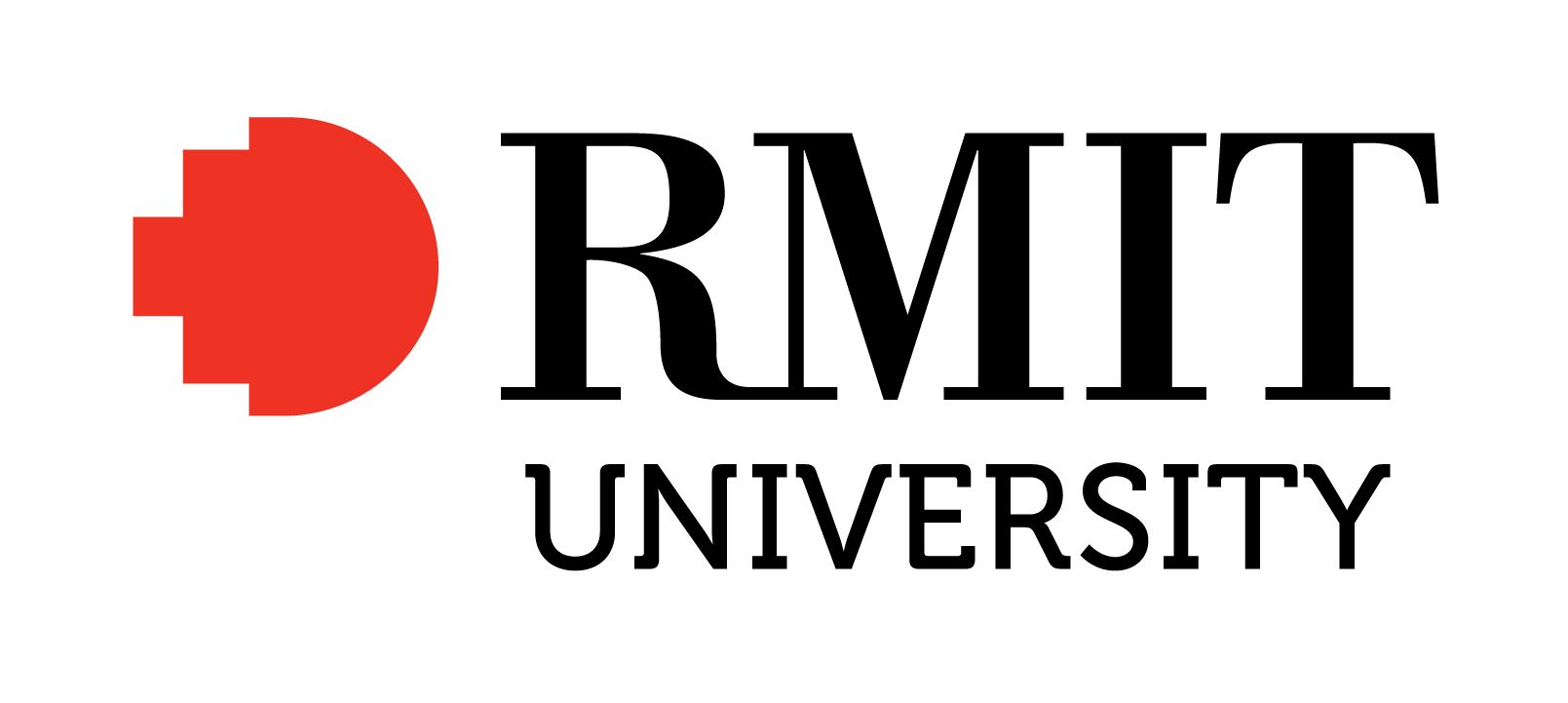Full description
BACKGROUND 'In equating two very different kinds of things, the mind enters a very perceptive state of great energy' David Bohm (quantum physicist). In 2010 Henscke was awarded a Synapse residency at the Australian Synchrotron to explore the concept of transdisciplinary visualisation. He sees that as art and science are both borne froma primal drive to understand ourselves and our world, the two disciplines can be seen as complementary ways of exploring such territories. Thus his work involves visualising data with the aid of digital technologies that make processes in current scientific research synonymous with those of contemporary media art. It included collaborative work with synchrotron scientists both locally and at CERN, where Henschke visited the Large Hadron Collider, CERN, Switzerland and was given access to the ALICE and LHCB experimental areas for stereoscopic and gigapixel art projects. CONTRIBUTION Lightbridge enables other artists and researchers to use particle accelerator technology to create their own visual art science experiments. It is a virtual accelerator that uses live data from the Australian Synchrotron and particle simulation software from CERN manipulating either one's own numbers or those from the synchrotron's beam status and position real-time data. The experimental result in 3D is explored by using a mouse to move, rotate and zoom through the accelerator space and particle tracks created as an audio-visual interface to explore aspects of particle physics. From this, new pathways to increase engagement and interaction between science and art researchers are enabled. SIGNIFICANCE The Synapse residency is a partnership between the Australian Synchrotron, Arts Victoria and the Australian Network for Art and Technology. Henschke also worked with the Synchrotron in 2007. He is one of a handful of artists to be given access to the Large Hadron Collider project.Issued: 2010-01-01
Created: 2024-10-30
Subjects
User Contributed Tags
Login to tag this record with meaningful keywords to make it easier to discover
Identifiers
- DOI : 10.25439/RMT.27344388.V1



